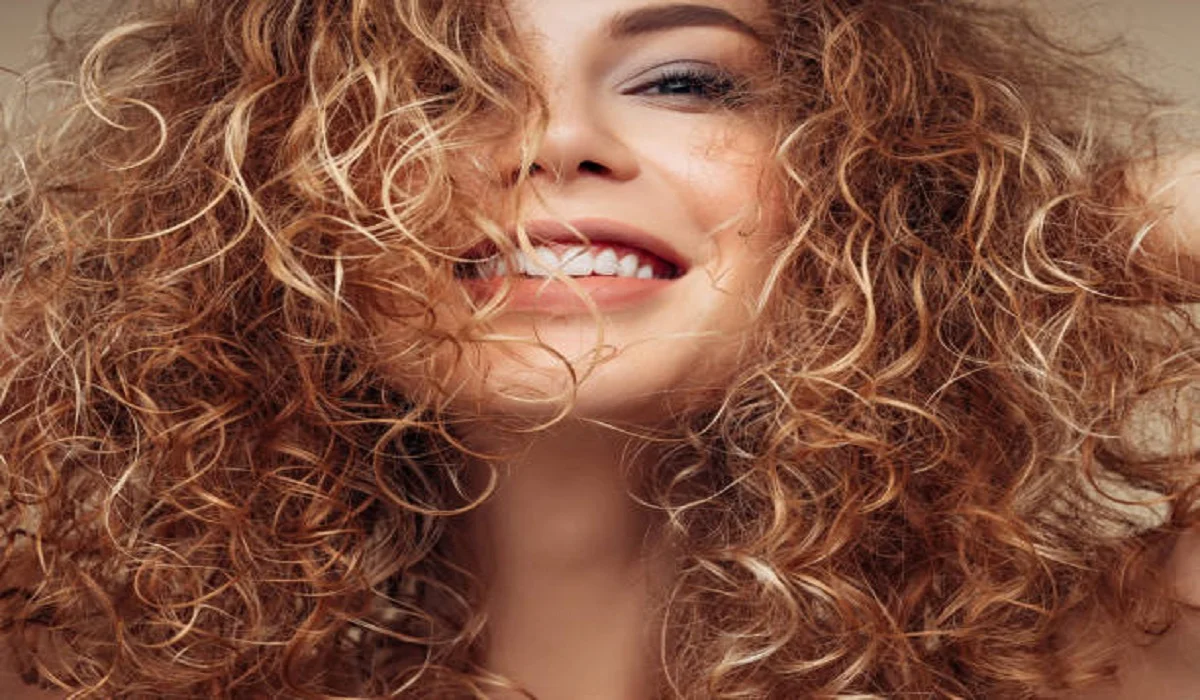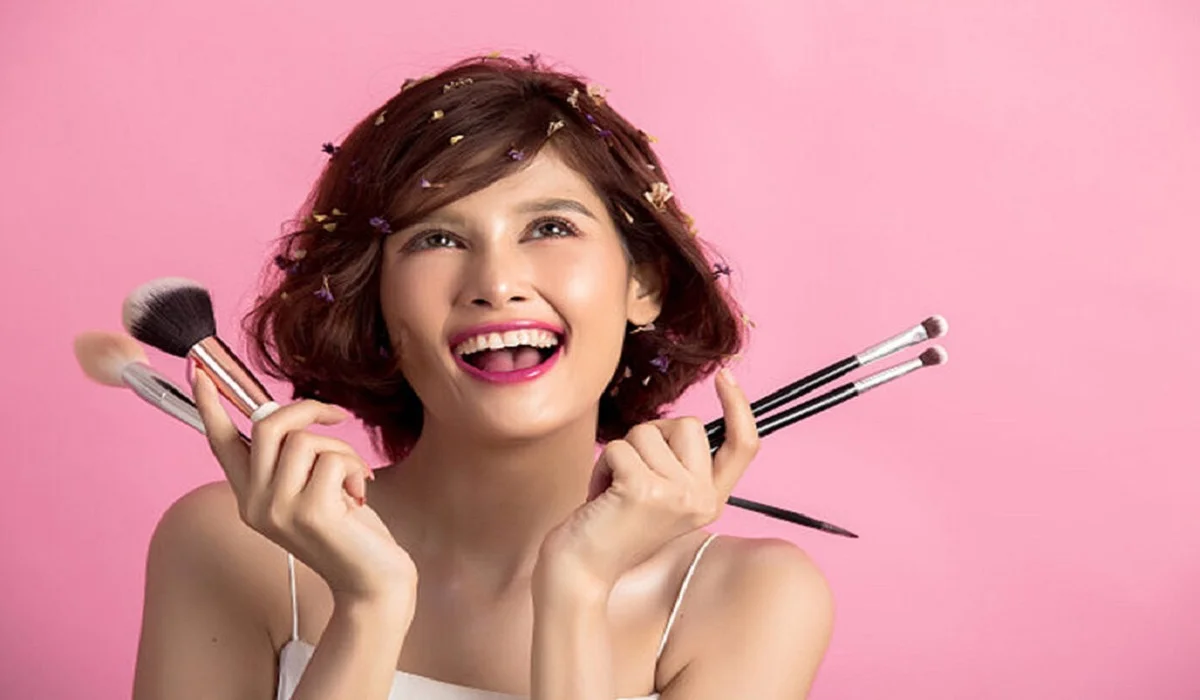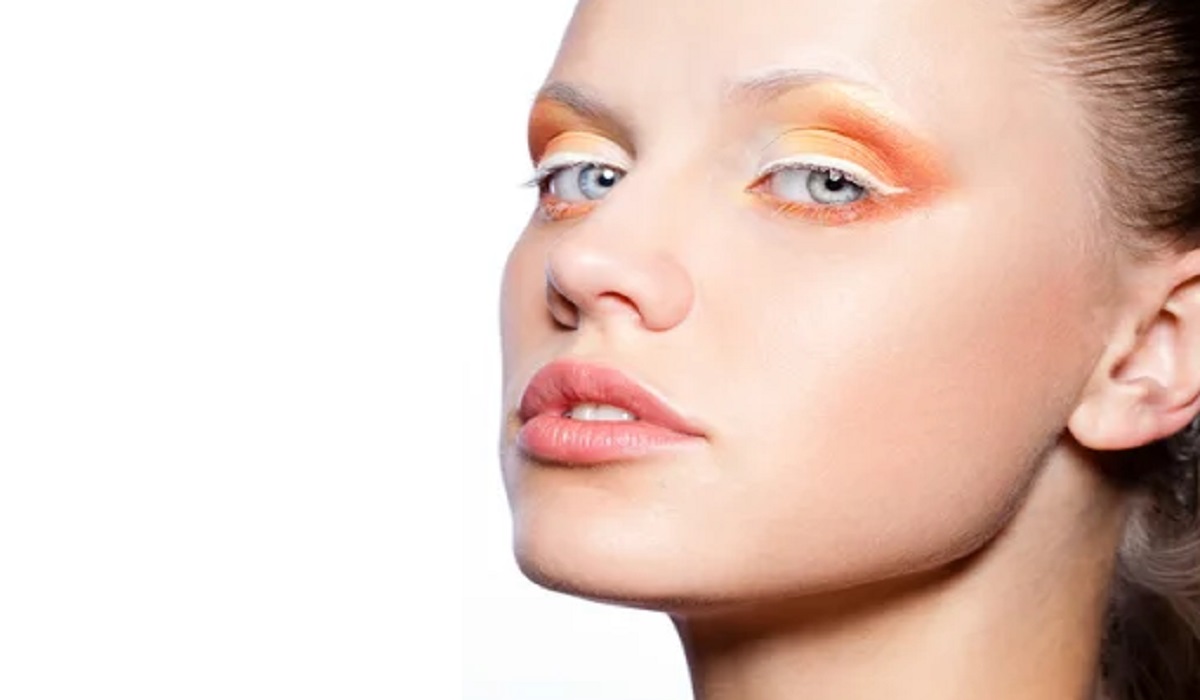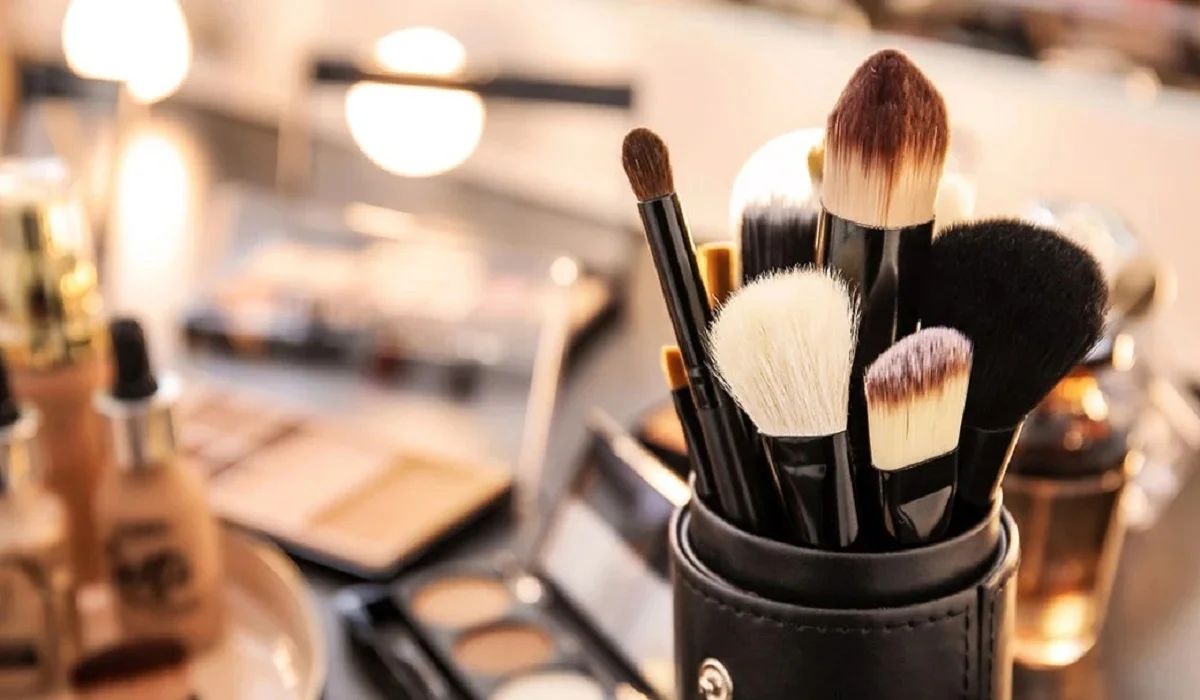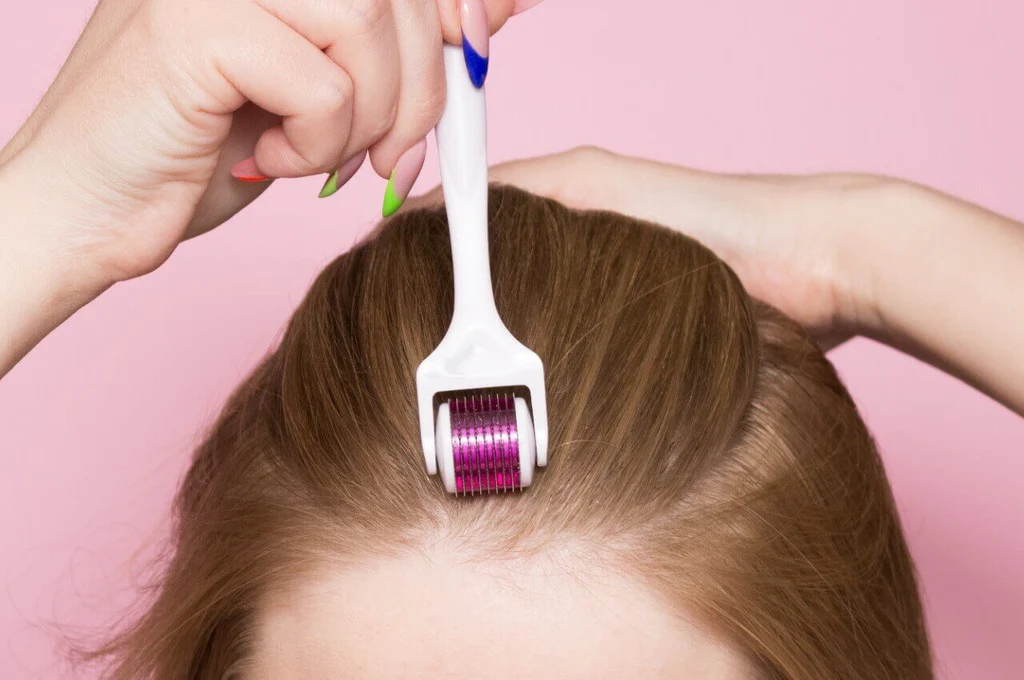
Derma rollers have gained popularity as a beauty tool for promoting hair growth. These handheld devices, equipped with tiny needles, work by creating micro-injuries on the scalp, stimulating blood circulation and triggering the body’s natural healing response. When used correctly, derma rollers can enhance hair growth and improve the absorption of hair care products. In this article, we will delve into the proper technique and tips for using a derma roller to maximize its benefits and promote healthy hair growth.
Understanding the Derma Roller:
A derma roller consists of a cylindrical barrel-shaped handle with a roller head attached. The roller head contains numerous fine needles, usually between 0.25 to 1.5 millimeters in length. It’s important to select a derma roller with needle length appropriate for hair growth stimulation, typically ranging from 0.5 to 1.0 millimeters.
Cleanse and Prepare the Scalp:
Before using a derma roller, ensure your scalp is clean and free from any oils, products, or debris. Wash your hair thoroughly with a gentle shampoo and allow your scalp to dry completely. Avoid using any styling products or oils that may interfere with the rolling process or cause buildup on the needles.
Divide the Scalp into Sections:
To ensure thorough coverage, divide your scalp into manageable sections. Part your hair in the center and then create additional sections from front to back and side to side. This division will help you focus on one area at a time, ensuring proper treatment and minimizing the risk of overlapping or missing areas.
Start with Gentle Pressure:
Hold the derma roller at a slight angle and apply gentle pressure to the scalp. Begin rolling in one direction, such as front to back, and then switch to the perpendicular direction for the next pass. Maintain consistent and gentle pressure throughout the process to avoid excessive discomfort or skin irritation.
Roll in Different Directions:
To stimulate hair growth effectively, it’s important to roll the derma roller in different directions. Roll vertically, horizontally, and diagonally across each section of your scalp. This multidirectional approach ensures maximum coverage and stimulates blood flow from various angles.
Be Mindful of Needle Length:
Choose a needle length that suits your comfort level and hair growth goals. For beginners, it’s advisable to start with shorter needles, such as 0.5 millimeters, and gradually work your way up as your scalp becomes more tolerant. Longer needles should be used with caution and under the guidance of a professional.

Avoid Excessive Pressure:
While it’s important to apply gentle pressure, avoid pressing too hard with the derma roller. Excessive pressure can cause unnecessary discomfort, irritation, or damage to the scalp. The goal is to create micro-injuries, not to induce pain or harm the skin. Let the needles do the work with light and controlled pressure.
Adjust Frequency:
The frequency of derma roller usage depends on individual preferences and tolerance. Initially, start with once a week and gradually increase to a maximum of two to three times per week if desired. Allow your scalp to rest and recover between sessions to avoid overstimulation and potential adverse reactions.
Follow with Hair Care Products:
After using the derma roller, the scalp is primed for optimal product absorption. Apply hair growth serums or other targeted hair care products immediately after rolling. The micro-injuries created by the derma roller enhance the absorption of these products, allowing them to penetrate deeply into the scalp and promote hair growth.
Clean and Sanitize the Derma Roller:
Proper maintenance of the derma roller is essential to ensure hygiene and prevent the risk of infection. After each use, thoroughly clean the roller head with a gentle antibacterial solution or rubbing alcohol. Rinse it with water and allow it to air dry completely before storing it in a clean and dry container.
Replace the Roller Head:
Over time, the needles on the derma roller can become dull or damaged. It is important to replace the roller head after several uses or as recommended by the manufacturer. Using a worn-out roller head may cause discomfort and potentially damage the scalp.
Using a derma roller correctly can be an effective way to stimulate hair growth and improve the absorption of hair care products. By following the proper technique, maintaining hygiene, and adjusting frequency based on individual tolerance, you can maximize the benefits of the derma roller and promote a healthy scalp environment. Remember to be patient and consistent with your derma roller routine, as visible hair growth results may take time. Consult with a dermatologist or trichologist for personalized advice and guidance, especially if you have underlying scalp conditions or concerns. With the correct usage and care, the derma roller can be a valuable tool in your journey towards achieving fuller, healthier hair.



